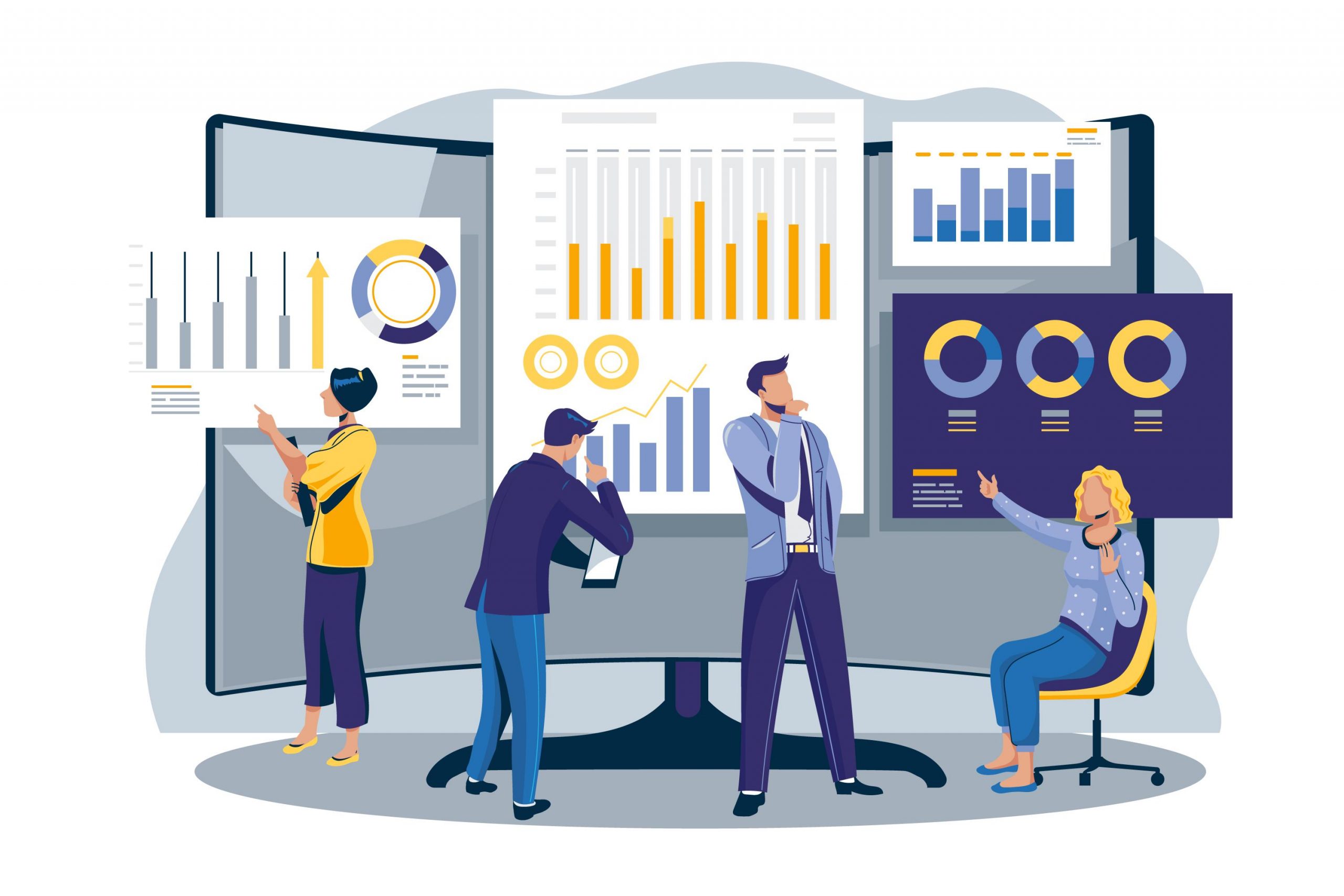Over the last few years, the field of data science has come into prominence, primarily because the volume of data generated and captured has multiplied exponentially with growing digitization. Data science is fascinating because it brings together various domains such as mathematics, statistics, computer science, data analysis, predictive analysis, machine learning, and artificial intelligence. In an age where data is everywhere, data science helps make sense of this huge data, translating it into useful insights for businesses. Data from Statista¹ estimates that the data science industry will be worth US$ 77 billion by 2023 and the total amount of data created, captured, copied, and consumed globally is forecast to grow to more than 180 zettabytes by 2025.
When data science is applied to financial services and debt collections, the combination aids in the development of sophisticated systems, processes, and use cases for extracting patterns and deep actionable insights from various forms of data. It has significantly improved risk analysis and anomaly detection, which has resulted in well-known improvements in the detection of fraudulent transactions. It has helped processes become faster, simpler, and more user-friendly. The financial sector can benefit tremendously from the use of advanced capabilities in data science as it helps break siloes, provides teams with the tools to make their tasks simpler, aids in decision-making at multiple levels, brings in the required transparency, helps standardize processes, and enables innovation.
The 5 M’s for Data Science Applications in Financial Services and Debt Collections
- Mine data for targeting and segmentation
Financial institutions deal with large volumes of diverse data in structured, semi-structured, and unstructured forms. This includes transactional data, market trends, and customer data among others. Techniques such as natural language processing, data mining, text analytics, predictive analytics, and machine learning algorithms can help process this data meaningfully and present it in a way that gives deep insights for further actions.
In debt collections, Credgenics uses ML-based models on demographic and transactional data to identify patterns and provide insights that help lenders adopt a strategic approach to collections. These include identifying best-performing communication channels, ascertaining the right time, frequency to interact, tracking borrower response to different categories of communication messages, and following risk-based segmentation for better targeting.
- Mitigate risk and automate processes
As banks and other financial institutions handle vast volumes of customer data, traditional practices for the security of data and detecting fraud is simply not adequate. Robust machine learning algorithms that use real-time and stored customer data to analyze market trends can identify early warning signs of potential risks and suspicious or malicious activity.
In debt collections, it is important to not only ensure the security of data but also provide borrowers with a safe, simple, and easy way to repay their dues. Credgenics Billzy web platform enables unique functionalities for digital payments to streamline recoveries. Credgenics’ integrated end-to-end platform enables complete automation of various processes so that operations are faster, more efficient, and effective. The use of AI-powered voicebots, IVR, and other modes of communication as per risk and borrower profile can make a huge impact on operational efficiencies and drive higher collections.
- Materialize for emerging trends and economic changes
Whether it’s a global economic scenario change or regulatory updates from the Reserve Bank of India (RBI), the ability to identify these developments early and assess their business impact is critical. Early detection can help financial institutions to react quickly, design proactive strategies, equip themselves with the appropriate strategies, and minimize disruptions. Machine learning (ML) combined with data science can help conceptualize new products and services in response to rapidly evolving customer preferences, market trends, and regulatory requirements.
Credgenics platform is regularly updated through a bi-monthly product release update cycle, which ensures that its customers remain ahead of the technology and business transformation curve to make collections faster, super-efficient customer-centric, and intelligent.
- Measure credit and improve collections
Banks are exposed to considerable credit risk associated with customers failing to meet contractual obligations, such as loan repayment, credit card debts, and other types of debts. Analytics can help financial institutions improve the efficiency of payment recovery methods.
Credgenics leverages advanced data science models to identify the risk at stake and prioritize accounts that have a greater chance of recovery. Deep insights also help banks and other finance companies mitigate the risk of future credit loss by determining the appropriate credit limits for each customer based on data.
- Maintain personalized relationships with customers
As services and offerings from financial services become increasingly commoditized, customer experiences and relationships emerge as the biggest differentiators. Data-based insights can help design superior experiences by enabling highly customized experiences based on personal preferences, needs, and requirements. Data analytics can help create sophisticated recommendation engines that act as powerful marketing tools.
Credgenics uses a unique data-driven approach to tailor collections-related communications for borrowers instead of a one-fits-all traditional approach. This ensures higher response rates, better customer experience, and increased collections.
Using AI, ML, and predictive analytics effectively provides robust possibilities for understanding data and solving multiple problems in financial services including debt collections. With the widespread adoption of data science disciplines in the financial services industry, decision-making processes are becoming data-driven, holistic, and transparent for operational teams and end customers. As digitalization continues to increase and the volume of data increases, data science offers tremendous potential to revolutionize financial services and debt collections.
References:





